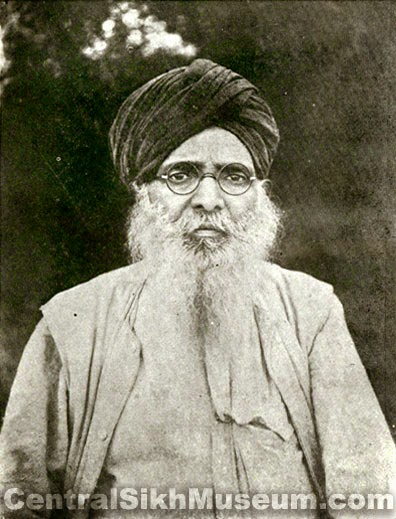Uncomfortable History: Racism and the Komagata Maru Incident
In Canada, we often like to slap our own backs a lot about how multicultural we are, how accepting we are of other peoples. Heck, since 1971 when our government declared multiculturalism a state goal, we've been saying how awesome we are.
Let's not forget our racist, imperialist past.
 |
| Officials board the Maru 1914 - Vancouver Public Library |
On May 23, 1914, The Komagata Maru from Hong Kong carrying 376 passengers, most being immigrants from Punjab, British India, arrived in Vancouver's Burrard Inlet. They wanted to challenge the Continuous Passage regulation, which stated that immigrants must "come from the country of their birth, or citizenship, by a continuous journey and on through tickets purchased before leaving the country of their birth, or citizenship." The regulation had been brought into force in 1908 in an effort to curb Indian immigration to Canada.
Why no Indians in Canada? To quote the 1923 Immigration Act, the desirable immigrants were in these two categories:
a) "Preferred Category": British and Americans, West Europeans. Example: the Empire Settlement Scheme, 1923.
b) "Acceptable Category" (although not "preferred"). immigrants in "sheep-skin coats". East Europeans (Russians, Ukrainians, Poles); South Europeans (Italians, Greeks, Spaniards). If they go West and farm, they will be accepted although considered "foreign", as long as they know "their place".
As a result, the Komagata Maru was denied docking by the authorities and only twenty returning residents, and the ship's doctor and his family were eventually granted admission to Canada. The ship was then escorted out of the harbour by the Canadian military on July 23, 1914 and forced to sail back to Budge-Budge, India where nineteen of the passengers were killed by gunfire upon disembarking and many others imprisoned.
What is rarely focused on in the may sources is the human drama unfolding and why would they even try to come to Canada, knowing they might be turned away. What makes people so desperate?
 |
| Baba Gurdit Singh - a nice man who clearly had enough |
One member was Gurdit Singh. In 1911 he raised his voice against forced labour. He wrote to the Government complaining against officials who forced poor villagers to work for them without remuneration, and when he received no response, he exhorted the people of his village to refuse to be subjected to forced labour.
He's the one that chartered a Japanese ship,
Kamagata Maru in 1914 to go to Canada.The obstructions put up by
the alien authorities and the hardships faced by its passengers turned them
into staunch nationalists.When it was turned back and reached Calcutta, the passengers were not allowed to enter Calcutta, they were rather
ordered to board a Punjab-bound train especially arranged for the purpose. They
refused to do and many of the passengers were shot dead. Gurdit Singh escaped and remained underground for many years till in 1920
on the advice of Mahatma Gandhi he made a voluntary surrender and was imprisoned for five years. After his release he settled down at
Calcutta where he died in 1954.
Why did he do what he did? One quote sort of lets us know: |
| Memorial in Punjab to the people and to Singh |
“The visions of men are widened by travel
and contacts with citizens of a free country will infuse a spirit of
independence and foster yearnings for freedom in the minds of the
emasculated subjects of alien rule.”
~ Gurdit Singh

















